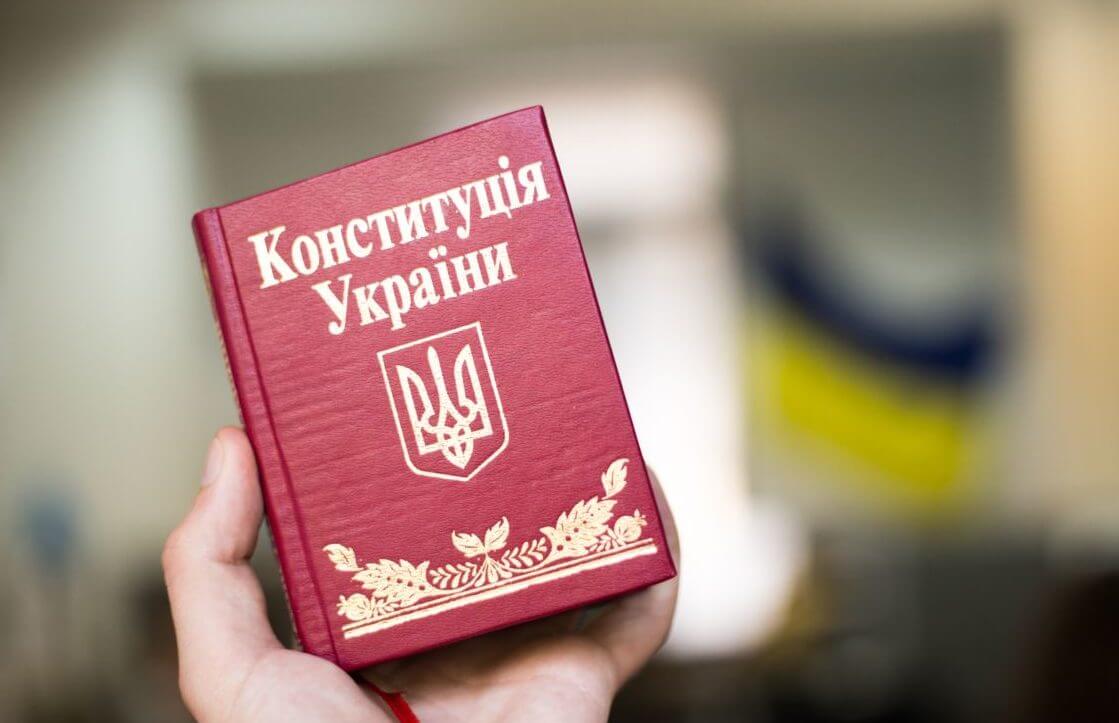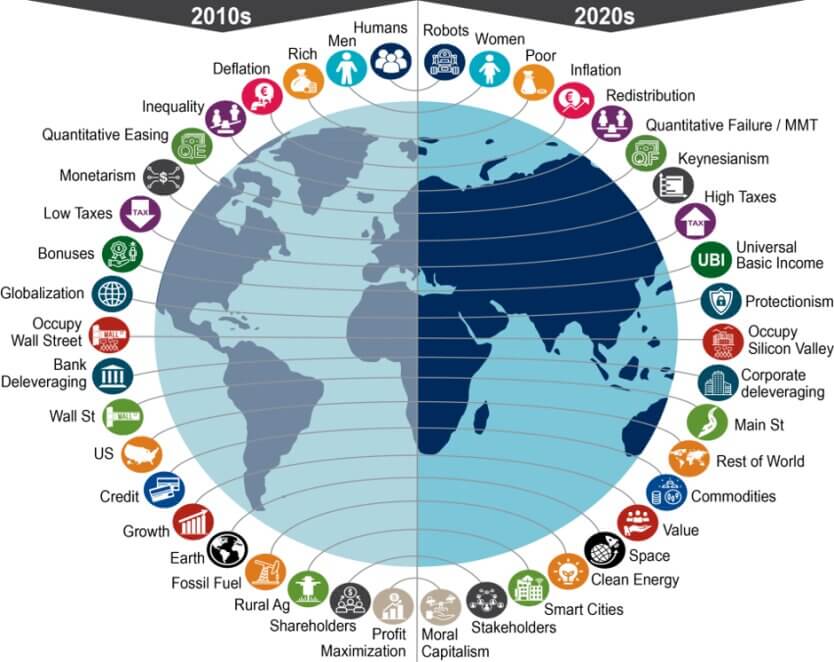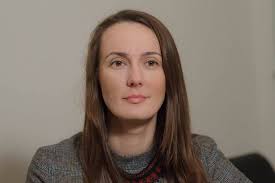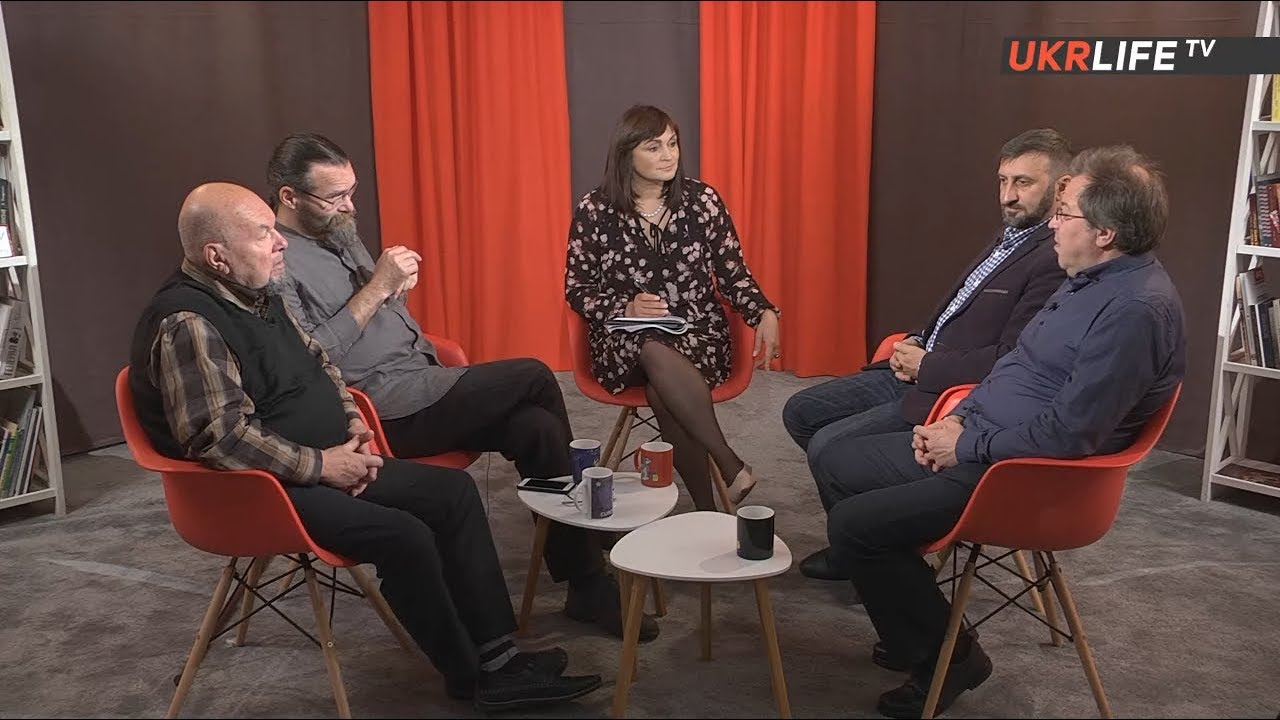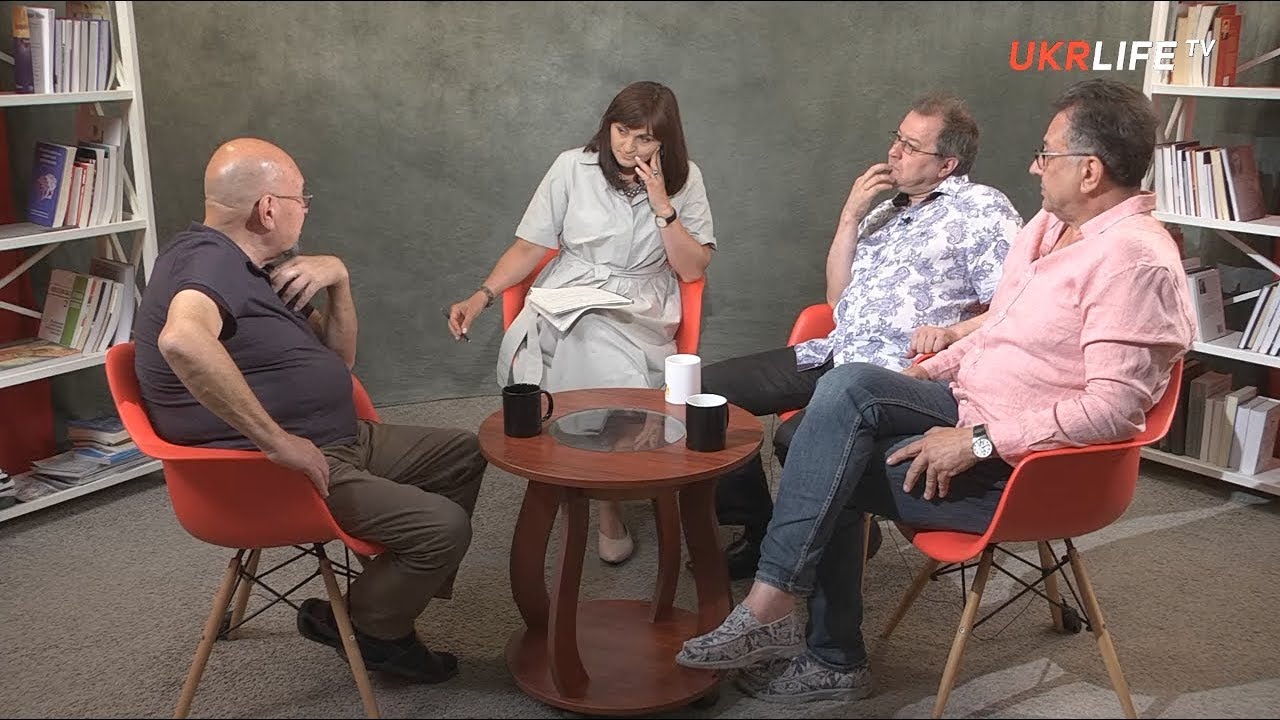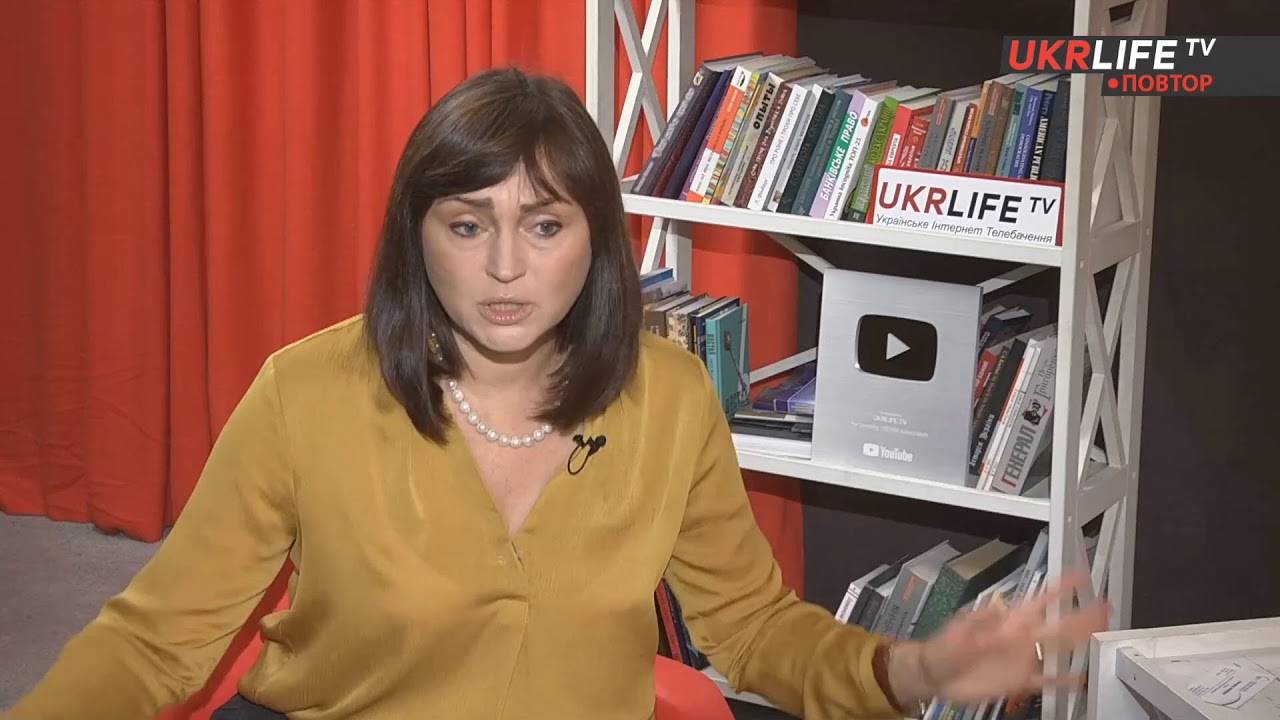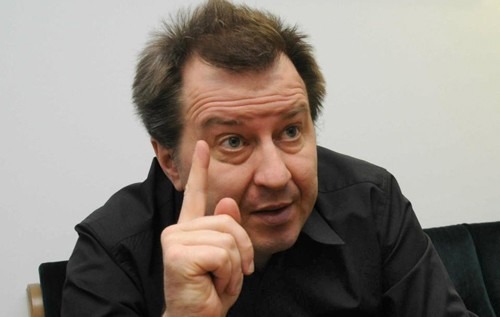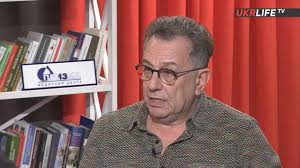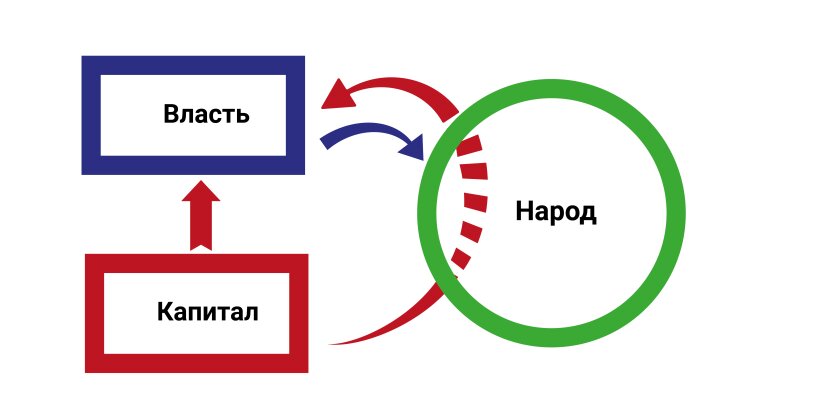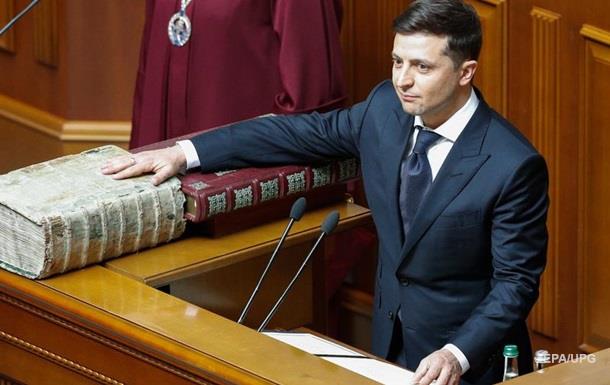Vitaliy Kulyk
Creation of a joint gas transport consortium could have become a good substitute for intermediary companies currently supplying imported gas to Ukraine. Based on the results of his visit to Moscow Naftogas Ukrainy Chairman Oleksandr Bolkisev said that Russia is hoping to see a clear position of the government and president of Ukraine regarding the consortium. Specifically, the Russian side wants to see whether the consortium will be of that format planned by Ukraine’s former president Leonid Kuchma, Russian President Vladimir Putin and former German chancellor Gerhard Schroeder or of some other type.
http://www.weekly.com.ua/?art=1153248681
Bolkisev said that the concept of a consortium should not be looked at negatively or be jaded by certain political overtones. Instead, the economic factors of this project must be thoroughly analyzed. The consortium could become an instrument of a transition period until prices on the domestic gas market become balanced.
Ukraine is the largest transit country in Europe. At the same time, it is the largest consumer of imported gas. This is precisely why Russia is doing its best to show that by building several gas pipelines bypassing Ukraine, it can easily get by without Ukraine’s services in terms of gas transit and dictate its own conditions for gas prices. However, a detailed analysis of the situation shows that it is impossible to fully exclude Ukraine from gas transport corridors.
In January-April 2006, the volume of natural gas transit via pipeline through Ukraine was 44.3 bn m3, which is 5.1% (2.4 bn m3) less than in the same period last year. The government attributed the decrease in gas transit volumes to the unfavorable situation on the global market.
However, experts say that Russia has begun to re-orient itself to alternative ways of transporting gas to Europe.
Russia is building a grid of gas pipelines around Ukraine (Belarus-Poland-Slovakia, known as Blue Flow, through Turkey, as well as the Trans-Baltic Pipeline (TBP). Such a system of pipelines substantially reduces the opportunities for Ukraine’s gas transit system.
At the moment, the Blue Stream pipeline, which runs along the bottom of the Black Sea from Russia to Turkey, has a capacity of 16 bn m3 of gas per year (in 2006 Gasprom will supply 8 bn m3 of gas through this pipeline to Turkey. There are plans for the construction of a new pipeline Blue Flow-2 in the double or single-lane performance mode (8 or 16 bn m3 of gas per year). In addition to that, Gasprom increased its gas supplies to Europe through Belarusian territory.
Regardless of the fact that Russia is actively working on diversification of its gas transit, it will be impossible to fully exclude Ukraine from the gas transport corridors. The capacity of the Yamal pipeline through Belarus, Poland and Slovakia to the EU (25-30 bn m3/year) will be barely enough for the diversification of Russian gas export. The new pipelines with which Russia is trying to pressure Ukraine will begin operating no earlier than in 5-6 years.
The danger for Kyiv is not in the loss of volumes of Russian gas transit. The fact of the matter is that Gasprom has control not only over Russian pipelines from Siberia into Europe, but also over Central Asian pipelines transporting Turkmeni gas. Ukraine views this gas as an alternative to Russian gas. Turkmenistan uses Gasprom pipelines and uses intermediary services of Itera (Gasprom’s daughter company) for supplying gas to Eastern Europe and Ukraine. This is the reason that purchasing gas from Turkmenistan is not the immediate solution to the problem of diversifying Ukraine’s energy import.
The Cabinet of Ministers instructed the Fuel and Energy Ministry and the companies of Naftogas Ukrainy to activate talks with Turkmenistan and other countries in Central Asia and the Caucasus, in particular, Uzbekistan and Azerbaijan, on the issue of the supply of energy resources.
There are other alternatives. Back in August 2000, Yulia Tymoshenko, then vice premier, developed a project for the construction of a new pipeline from Turkmenistan bypassing Russia through Caspian Sea, Azerbaijan and Georgia and then alongthe bottom of the Black Sea to Feodosiya. Such a peline could be built in three years and see a full return on investment in 6-8 years. Due to the current political instability, concrete talks on this issue have not yet been held.
In 2001, Iran was ready to supply gas to EU countries in volumes of at least 7-10 bn m3 per year. The first talks between Iran and Ukraine about Iranian gas transit through Ukraine’s gas transport grid were held in early February 2001. In the summer of 2005 a Ukrainian delegation headed by the then National Security and Defense Council secretary Petro Poroshenko discussed this issue in Tehran. However, American-Iranian opposition and the nuclear ambitions of Iran turned out to be a very strong restrictive factor.
As for relations with Russia, Bolkisev spoke about the need for linking the price of gas supplied to Ukraine with the rate of its transit to Europe. He said that the rate for gas transit through Ukraine is one of the instruments of influence on the price at which gas is supplied to Ukraine. “If the price is changed, then we can also reconsider transit conditions,” he said.
Background
The gas transport system of Ukraine is comprised of 36,000 km of pipelines, including 14,000 km of large-diameter pipes (from 1,020 to 1,420 mm). The grid also includes 79 compressor stations with a total capacity of 5,500 MWatt and 13 underground gas reservoirs.
The throughput capacity of the grid at the input point amounts to 290 bn m3 of gas per year; at the output point – 170 bn m3 per year. The total volume of gas transit through the territory of Ukraine is estimated at around 130 bn m3 per year, including around 120 bn m3 of Russian gas per year. The wear and tear of the gas pipeline, the main part of which was built in the decade of the 1960-1970s, is more than 50%.
